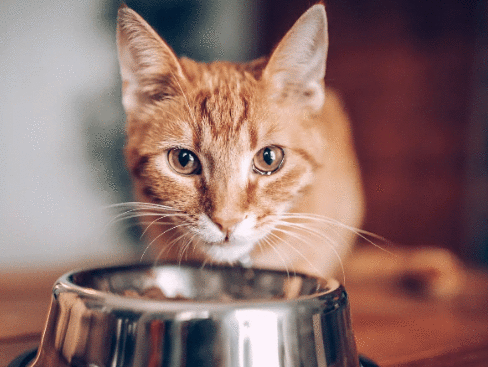Feeding your pets a balanced diet is essential for their health and well-being. While high-quality pet food provides the necessary nutrients, adding vegetables to your dog’s or cat’s diet can offer additional health benefits. This guide will help you understand the best vegetables for dogs and cats, ensuring your furry friends stay healthy and happy.
Why Include Vegetables in Your Pet’s Diet?
Vegetables are packed with essential vitamins, minerals, and fiber that can enhance your pet’s health. They can improve digestion, boost the immune system, and provide a low-calorie treat alternative. However, it’s crucial to know which vegetables are safe and beneficial for your pets.
Top Vegetables for Dogs
1. Carrots
- Benefits: Rich in beta-carotene, fiber, and vitamins A, C, and K.
- Serving Tips: Serve raw or cooked in small, manageable pieces.
2. Green Beans
- Benefits: Low in calories, high in fiber, and contain vitamins A, C, and K.
- Serving Tips: Offer steamed or boiled green beans without seasoning.
3. Sweet Potatoes
- Benefits: Excellent source of dietary fiber, beta-carotene, and vitamins B6 and C.
- Serving Tips: Cook thoroughly and serve mashed or in small chunks.
4. Pumpkin
- Benefits: High in fiber and can help with digestive issues.
- Serving Tips: Use plain canned pumpkin (not pie filling) or cooked fresh pumpkin.
Top Vegetables for Cats

1. Pumpkin
- Benefits: Great for digestive health due to its fiber content.
- Serving Tips: Mix a small amount of plain canned pumpkin into their food.
2. Peas
- Benefits: Provide protein, fiber, and vitamins A, B1, B6, C, and K.
- Serving Tips: Serve cooked and mashed or mixed into their regular food.
3. Spinach
- Benefits: Packed with vitamins A, C, K, and iron.
- Serving Tips: Offer cooked and chopped spinach in small amounts.
4. Zucchini
- Benefits: Low in calories and contains vitamins A, C, and antioxidants.
- Serving Tips: Serve steamed or boiled in small, manageable pieces.
How to Safely Introduce Vegetables to Your Pet’s Diet
- Consult Your Veterinarian: Always check with your vet before making significant changes to your pet’s diet.
- Start Slowly: Introduce new vegetables gradually to monitor any adverse reactions.
- Prepare Properly: Cook vegetables without seasoning and cut them into small, manageable pieces.
- Moderation is Key: Vegetables should complement your pet’s diet, not replace their primary food source.
Including vegetables in your dog’s or cat’s diet can provide numerous health benefits, from improved digestion to enhanced immune function. By selecting safe and nutritious options like carrots, green beans, sweet potatoes, pumpkin, peas, spinach, and zucchini, you can ensure your pets enjoy a varied and healthy diet. Always remember to introduce new foods gradually and consult with your veterinarian to maintain your pet’s health and happiness.